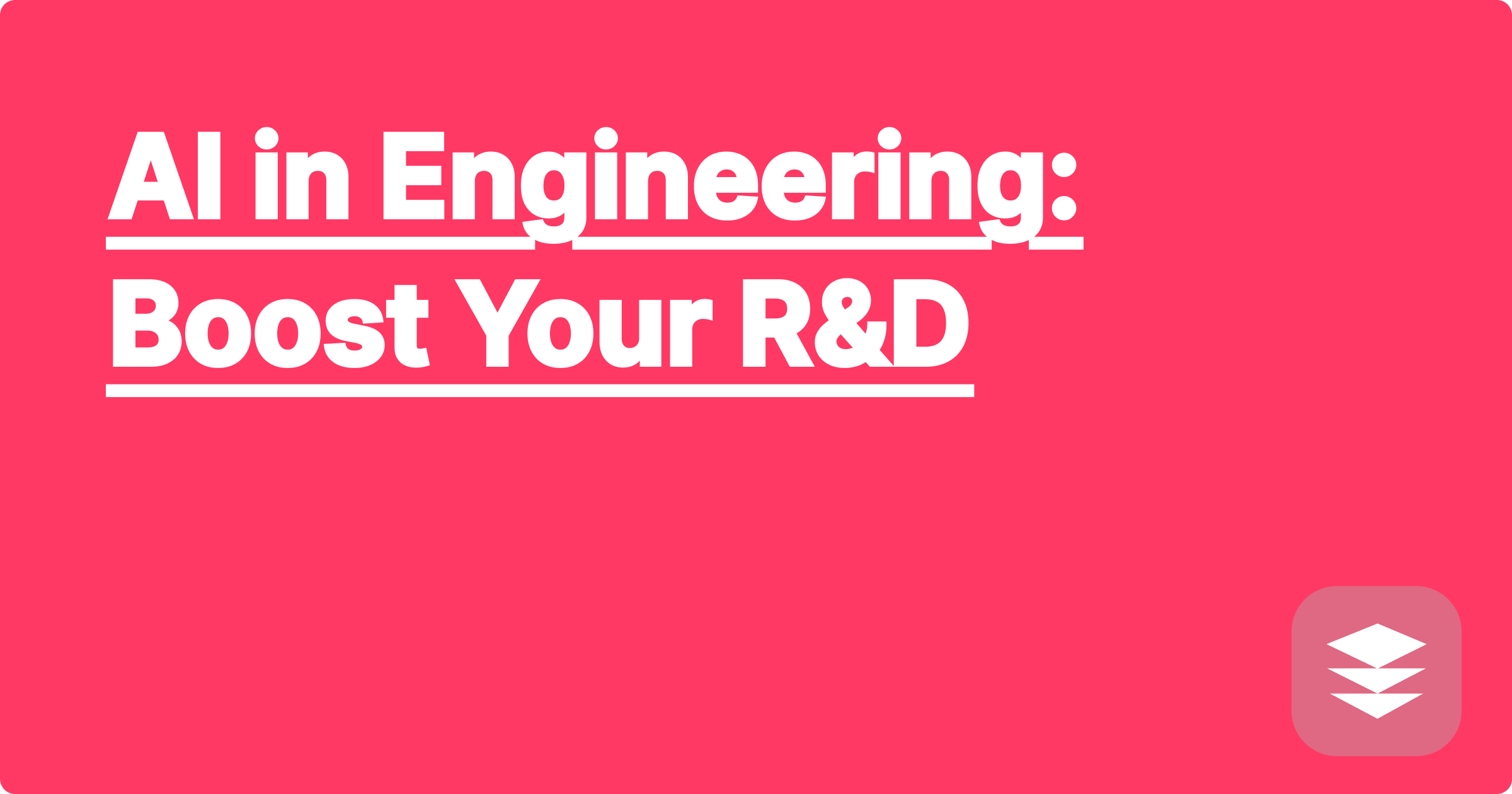
The rapid advancement of technology presents STEM fields with an overwhelming influx of data and increasingly complex problems. Staying ahead of the curve requires efficient tools for research and development. Artificial intelligence offers a powerful suite of solutions to accelerate innovation, optimize designs, and analyze complex datasets, ultimately boosting R&D productivity. From material science to aerospace engineering, AI is transforming how we approach scientific discovery and engineering design.
This transformation is particularly relevant for STEM students and researchers who are navigating a competitive landscape. Mastering AI-powered tools can significantly enhance their research capabilities, enabling them to tackle complex projects with greater efficiency and insight. By integrating AI into their workflow, they can unlock new possibilities for innovation and contribute meaningfully to their respective fields. This empowers them not only to excel in their academic pursuits but also to become future-ready professionals equipped to navigate the evolving demands of the STEM industry.
One major challenge in engineering R&D is the time-consuming process of material selection. Traditional methods involve extensive literature reviews, experimental testing, and simulations, often requiring significant resources and time. Identifying the optimal material for a specific application, considering factors like strength, weight, durability, and cost, can be a complex multi-objective optimization problem. Furthermore, the vast and ever-growing library of materials makes manual exploration and comparison a daunting task. The sheer volume of data generated from experiments and simulations further complicates the analysis and decision-making process. This bottleneck in material selection can significantly delay product development cycles and hinder innovation.
AI tools offer a transformative approach to material selection. Leveraging machine learning algorithms, these tools can sift through vast databases of material properties, predict performance under various conditions, and even suggest novel material combinations. Tools like ChatGPT and Claude can be used to quickly gather information on existing materials, explore relevant research papers, and even generate initial design concepts. Wolfram Alpha, with its computational knowledge engine, can perform complex calculations, analyze material properties, and provide insights into material behavior. By integrating these AI tools into the R&D workflow, engineers can significantly accelerate the material selection process and explore a wider range of possibilities.
Begin by defining the specific requirements for your material. This includes identifying the desired properties, such as tensile strength, thermal conductivity, or corrosion resistance, along with any constraints, such as cost or weight limitations. Next, use AI tools like ChatGPT or Claude to research existing materials that meet these criteria. You can query these tools with natural language prompts, such as "Find materials with high tensile strength and low density." These tools can provide summaries of relevant research papers, identify potential candidate materials, and even offer comparisons between different options. Then, leverage Wolfram Alpha to perform more detailed analysis of the shortlisted materials. You can input specific material properties and use Wolfram Alpha's computational capabilities to calculate performance metrics, predict behavior under different conditions, and explore potential trade-offs. Finally, refine your selection based on the AI-generated insights and perform targeted experimental validation to confirm the predicted performance.
Consider the design of a lightweight, high-strength component for an aircraft. Using ChatGPT, you could query for materials with a high strength-to-weight ratio. The AI could then provide a list of potential candidates, such as titanium alloys, carbon fiber composites, and aluminum alloys. Subsequently, you could use Wolfram Alpha to analyze the specific properties of these materials, such as their Young's modulus (E), yield strength (σy), and density (ρ). For example, you could input the formula for specific strength (σy/ρ) into Wolfram Alpha to compare the different materials. Furthermore, you could use Wolfram Alpha to explore the impact of varying alloy compositions on material properties. For instance, you could investigate how adding different percentages of vanadium affects the strength and ductility of a titanium alloy. This combined approach allows for a more informed and efficient material selection process.
To effectively leverage AI in STEM education and research, develop a strong understanding of the underlying principles of AI and machine learning. This will enable you to critically evaluate the output of AI tools and make informed decisions based on the generated insights. Furthermore, explore the diverse range of available AI tools and identify those that are most relevant to your specific research area. Practice using these tools with different datasets and problem scenarios to gain proficiency and develop a deeper understanding of their capabilities and limitations. Critically evaluating the information provided by AI tools is crucial. Cross-reference the AI-generated results with established scientific literature and experimental data to ensure accuracy and reliability. Finally, collaborate with other researchers and share your experiences using AI in your work. This fosters a collaborative learning environment and promotes the widespread adoption of AI-powered tools in STEM fields.
In conclusion, integrating AI into engineering R&D offers significant advantages for accelerating innovation and optimizing design processes. By leveraging AI tools like ChatGPT, Claude, and Wolfram Alpha, researchers can streamline tasks such as material selection, data analysis, and design optimization. Embracing these powerful tools will not only enhance research productivity but also equip STEM students and researchers with the skills necessary to thrive in the rapidly evolving landscape of scientific discovery and technological advancement. Start exploring these AI tools today and unlock the potential of AI to revolutionize your R&D workflow.
Ace STEM Exams: AI Study Planner
STEM Homework Solver: AI Assistance
AI for Lab Data: Analysis Made Easy
Master STEM: AI Exam Prep Guide
AI Coding Tutor: Debug Smarter
AI in Engineering: Boost Your R&D